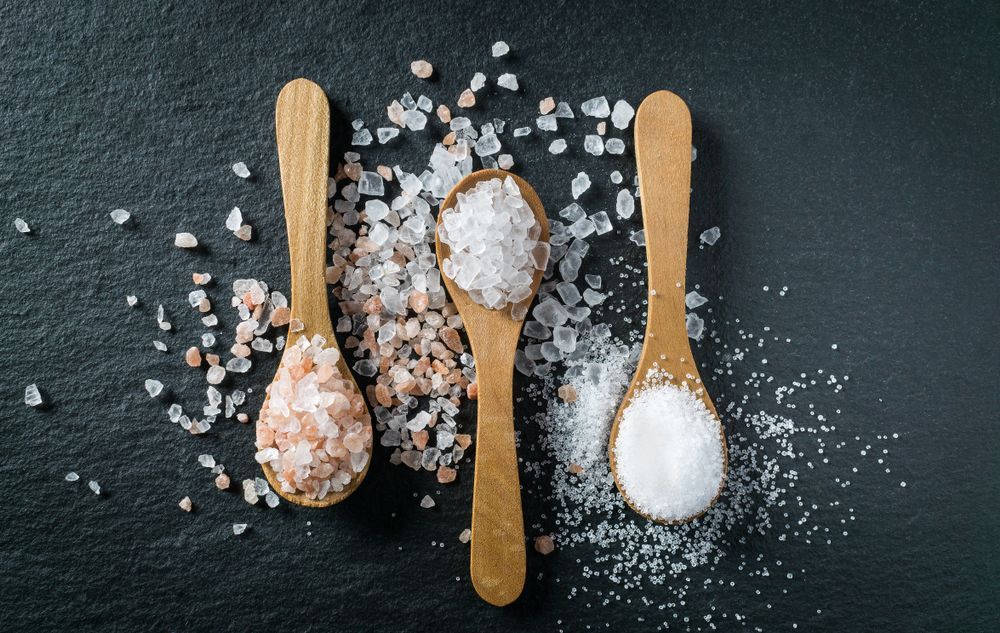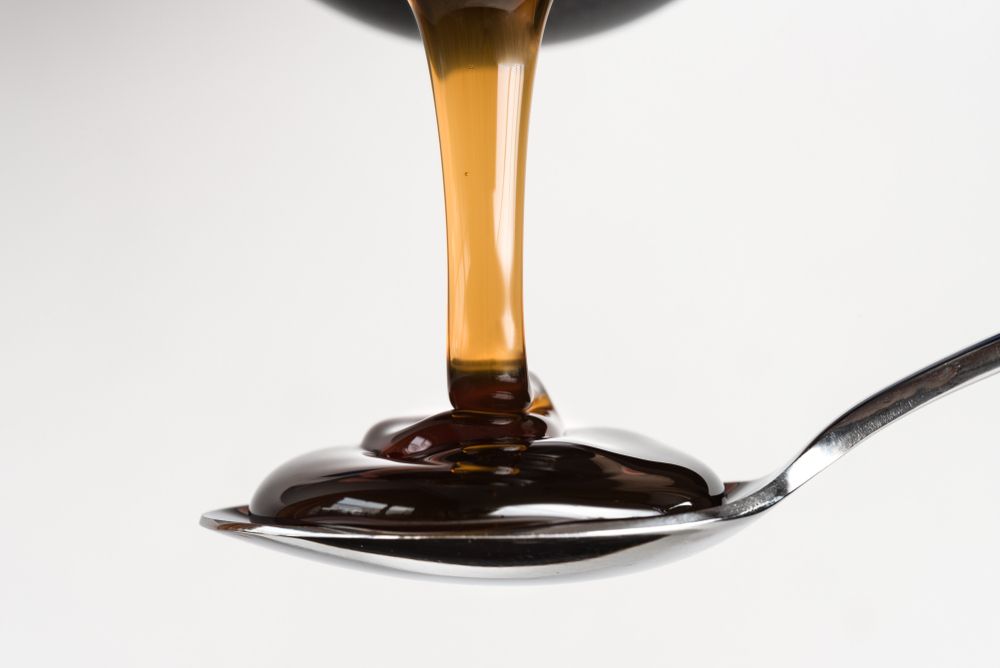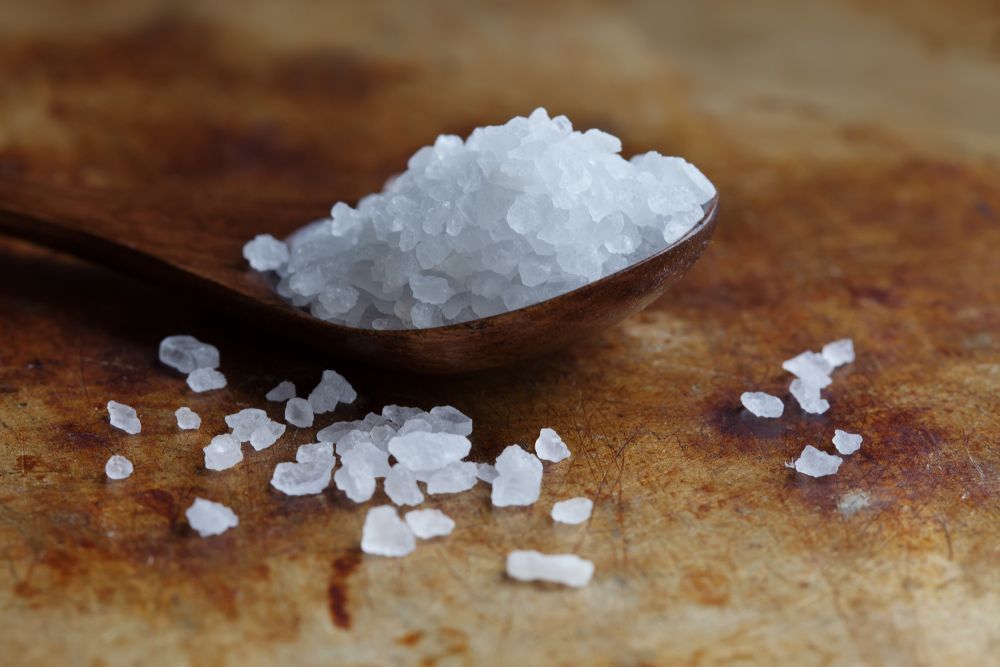Understanding the Science of Candy Sugar Chemistry
Written by: Indiana Sugars
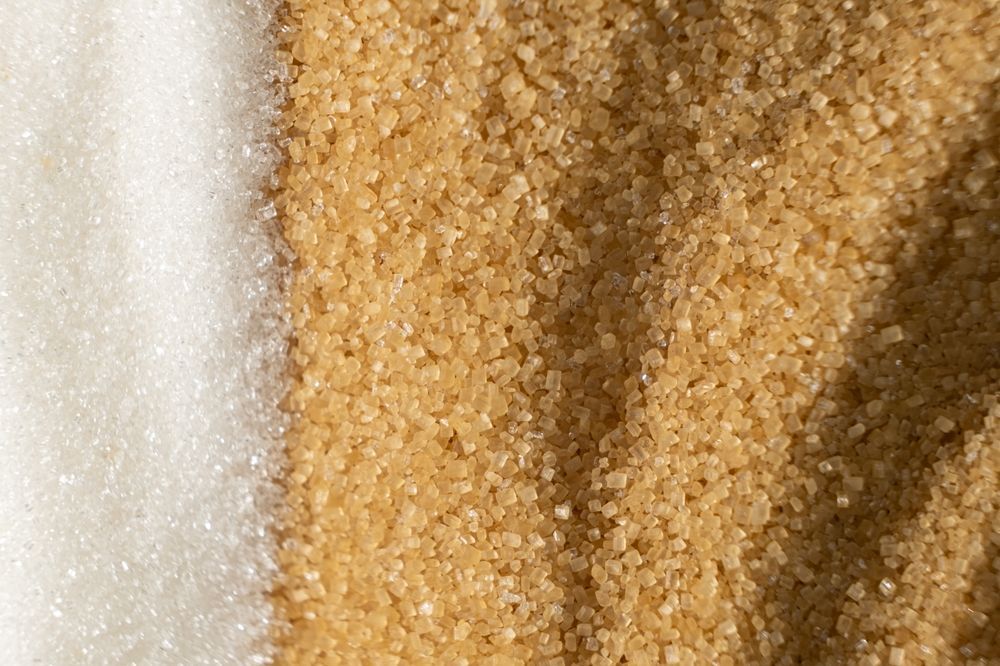
Whether you're doing it as a hobby, a side hustle, or a full-blown business, candy-making is equal parts fun and delicious. Having said that, it always requires a lot of knowledge and precision to get it right. It isn't quite like cooking where experimentation can lead to something new and necessity is the mother of invention.
Indeed, making candy is every bit as much an art as it is a science. Therefore, understanding the science of candy sugar chemistry is one of the best ways you need to make the delicious impact you're after with those sweet treats.
The Sweet Science of Candy Chemistry
While the sweet science of candy chemistry is ultimately very sophisticated, the idea at the heart of it is relatively straightforward. Those sweet treats come out of that moment when sugar and heat come together in the kitchen.
How that happens, how long it takes, and what other ingredients are added, all go a long way towards bringing your vision for the perfect candy to life.
Crystalline vs. Non-Crystalline Candy
Ultimately, there are two main types of candy for you to familiarize yourself with during this process - crystalline and non-crystalline candy.
Crystalline candies, as the term implies, are those that have a smooth, uniform texture. As your candy goes through the crystallization process, the more control you're able to exert over it, the smoother the finished product will be.
Non-crystalline candy, on the other hand, is usually hard and glassy. You could look at them and likely wouldn't be able to see any sugar crystals at all, even though the sugar is very much present. They're usually the result of processes like rapid heating, among others.
The Key Stages of Candy Making
Again, making candy is a lot more precise than many people realize - and certainly more so than a lot of the other tasks you might have in the kitchen like preparing a home-cooked meal.
Understanding the key stages of candy-making before you arrive at them will help you get the most from each one.
Heating Sugar: The Starting Point
Heat plays a major role in the creation of candy - not only in terms of determining its texture but its overall flavor as well.
As you begin your journey, you'll dissolve sugar in liquid. What you're left with is a syrup that you can control in a wide range of different ways.
Controlling Crystallization
During crystallization, those sugar molecules will form a regular, repeating structure. This is desirable in certain candies, with rock candy being maybe the primary example. However, if too much crystallization happens at just the wrong point in the process, you may wind up with something tasty - but it won't look anywhere near the way you wanted it to.
If you add corn syrup, honey, or similar ingredients, you can make sure your candy remains smooth during crystallization. How often you stir and at which temperature will also give you control over crystallization.
Caramelization: The Flavor Booster
During caramelization, your candy will take on a warm, golden color and a plethora of complicated flavors. This is another area where temperature control is key. If the temperature is low, you'll get soft-consistency candy. Be mindful of keeping the temperature too high, however, as you don't want to burn the sugar.
The Maillard Reaction: Sweet Meets Savory
The Maillard Reaction is a way to bring a more savory flavor to your cooking. Here, you'll be bringing your candy to above 250 degrees Fahrenheit. This is when the browsing and flavor development will occur.
Candy Types Shaped by Chemistry
As you begin to work your way around the kitchen, you'll realize that you can accomplish different things with different types of candies. Understanding their chemistry is the key to making your vision for the perfect candy come to life.
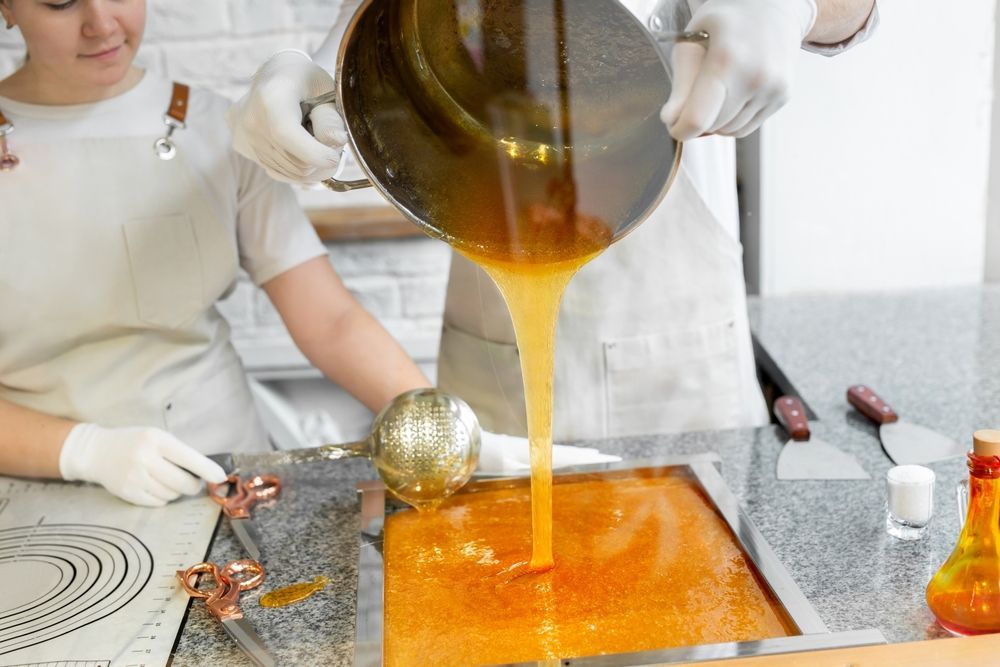
Fudge
Fudge is a classic crystalline candy that forms when sugar syrup is cooled and stirred at the right stages to encourage fine, smooth crystallization.
Rock Candy
Rock candy is essentially large sugar crystals that form over time. It's achieved by supersaturating a sugar solution and allowing it to cool slowly.
Marshmallows
Marshmallows are a non-crystalline candy made by combining sugar syrup with gelatin.
Hard Candy
Hard candy is a non-crystalline candy that’s cooked to a high temperature and then cooled quickly to form a solid, brittle structure.
Cotton Candy
With cotton candy, the sugar melts and is rapidly cooled to form thin threads, which are collected and spun into a fluffy, airy texture.
Why Candy Chemistry Matters
With all this in mind, know that understanding candy chemistry matters a great deal because of all that it allows you to accomplish in the kitchen.
Do you have a vision for a candy with a very specific texture? Do you want something chewy or crunchy? You need to know as much as you can about candy chemistry to strike that delicate balance.
Knowing as much as you can about candy chemistry is also the best way to enhance the various flavors that you're working with. If you know what you're doing you can boost the flavor complexity of your candy during the caramelization process in particular.
Finally,
candy chemistry will allow you to experiment and innovate if you know what types of reactions yield which types of results. This may not be a process that is quite as flexible as traditional cooking is, but it's still fun to experiment with the right approach.
Shop for Candy Sugars in Bulk with Us
At Indiana Sugars, we pride ourselves on our ability to get your sweeteners and other baking ingredients to you on time and in full. We know how important these items are for your success inside the kitchen and out, which is why we pull out all the stops to get most orders to you within 24 hours if you're in a 300-mile radius of our location.
If you'd like to find out more about understanding the science of candy sugar chemistry, or if you have any additional questions that you'd like to go over with someone in a bit more detail, please don't hesitate to
contact us today.

